Place: Mercado Novo
05.12.2022For my 28th bday I did some sketching of a market that has many layers... Welcome to the Mercado Novo.
Let’s start on the outside. The market is located in the Hypercentro of Belo Horizonte, right in the heart of the densest, most commercial part of the city. All bus routes pass through this region and you can always count of a massive flow of people circulating this block on their ways to an infinite number of destinations around the city, state, and country.

Mercado Novo (source: Folha São Paulo)
Hugging the four stories of market space is a brick curtain wall that is porous and allows for sound and air to flow in and out of the space.

Interior view of the curtain wall on the third floor.
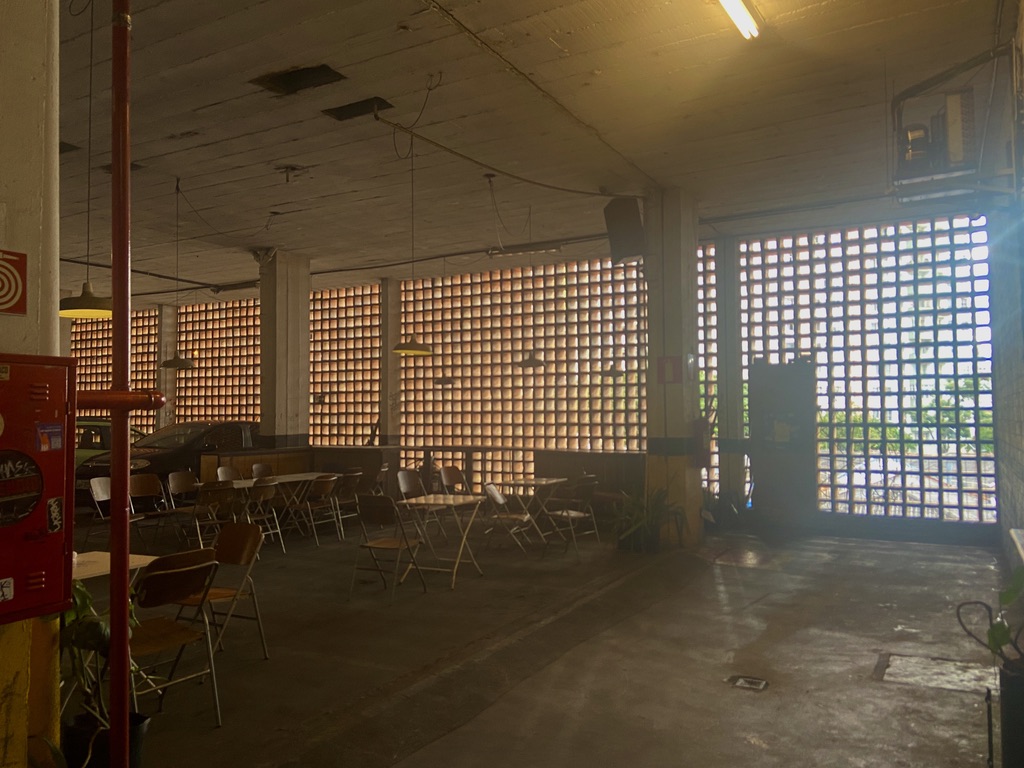
Interior view of the curtain wall from the parking area (turned bar in the evening) on the second floor.
 Shedding the exterior curtain, we can start to see what is going on inside.
Shedding the exterior curtain, we can start to see what is going on inside.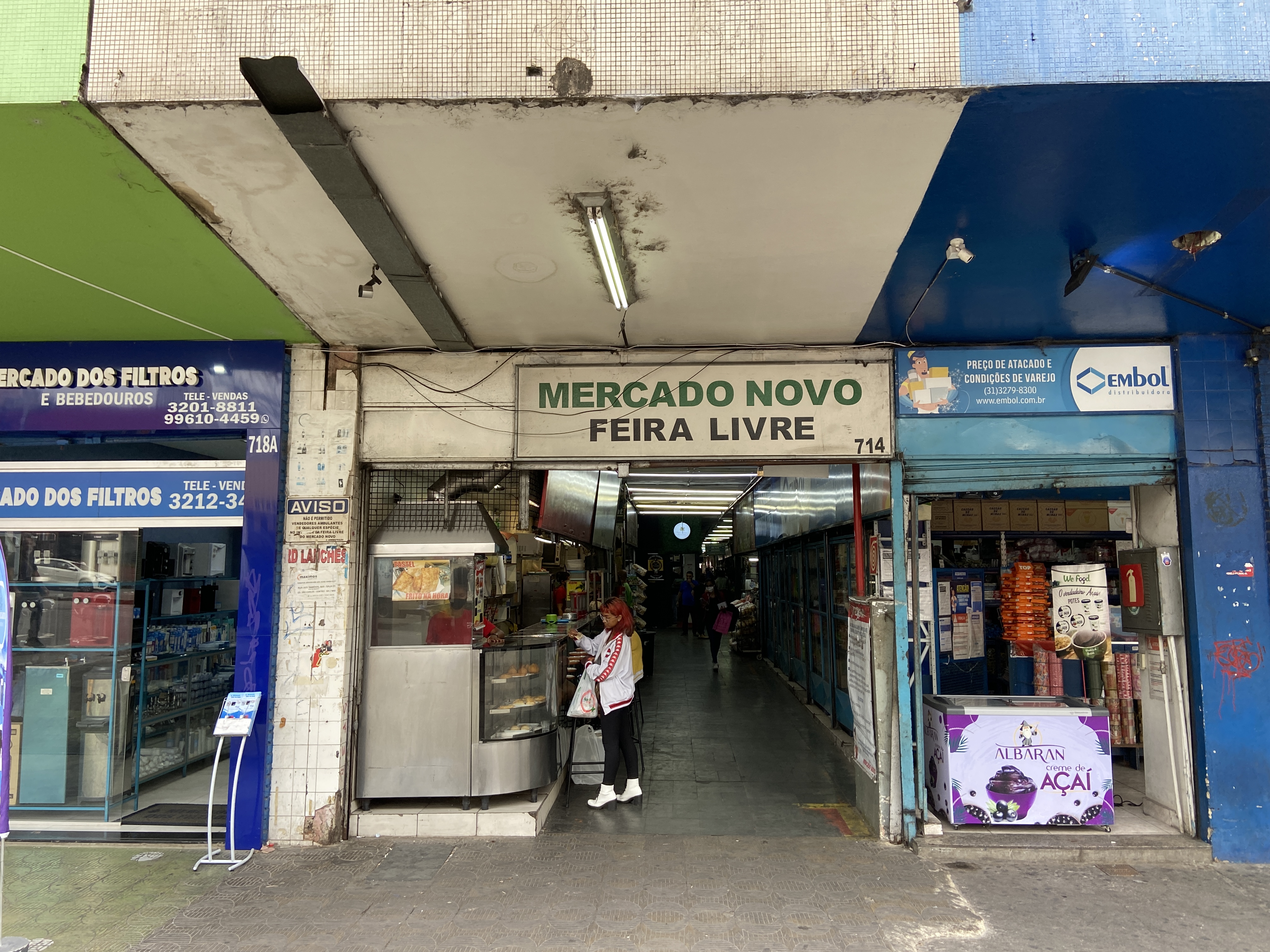

Entrances to the market.

First floor:
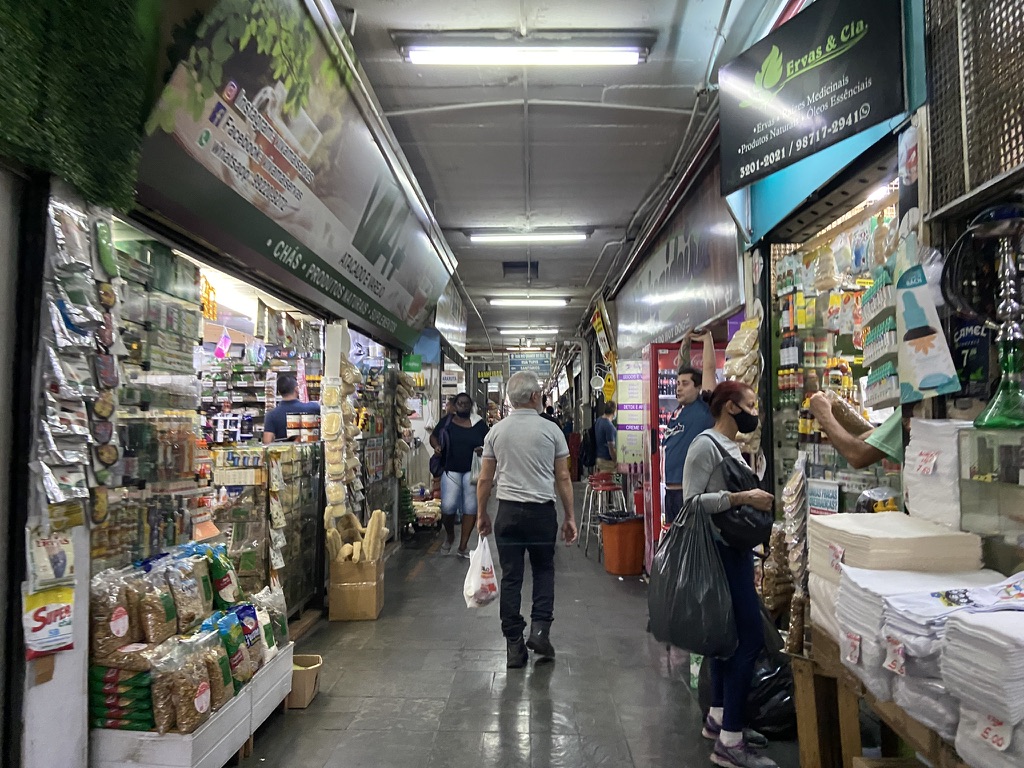
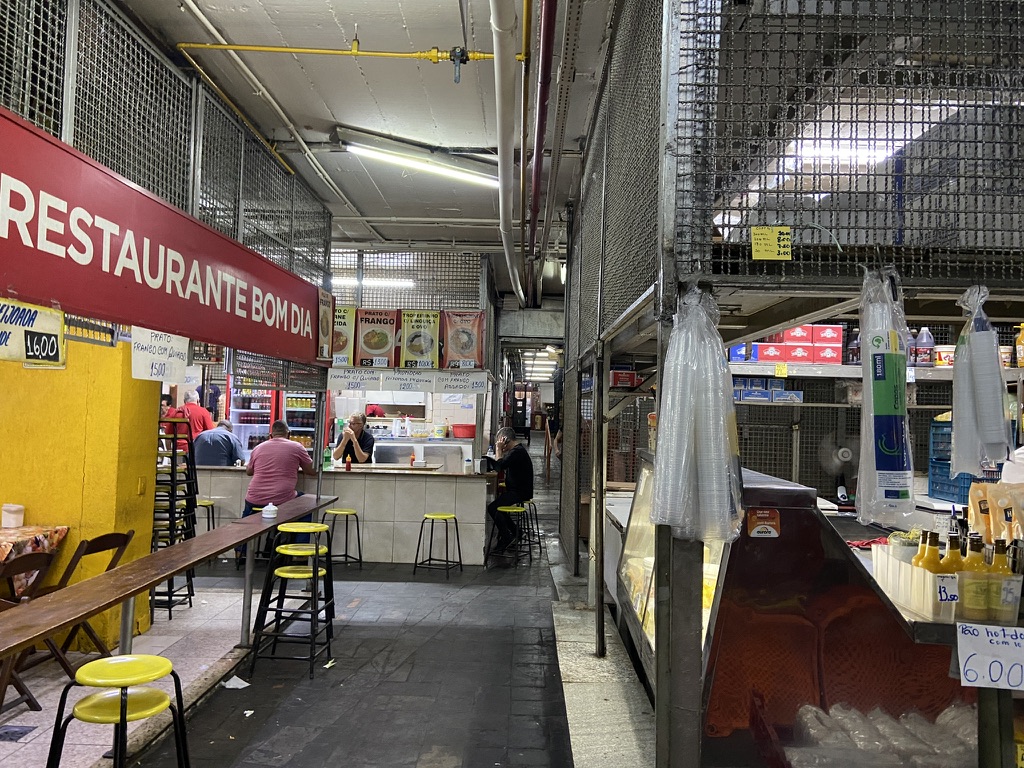
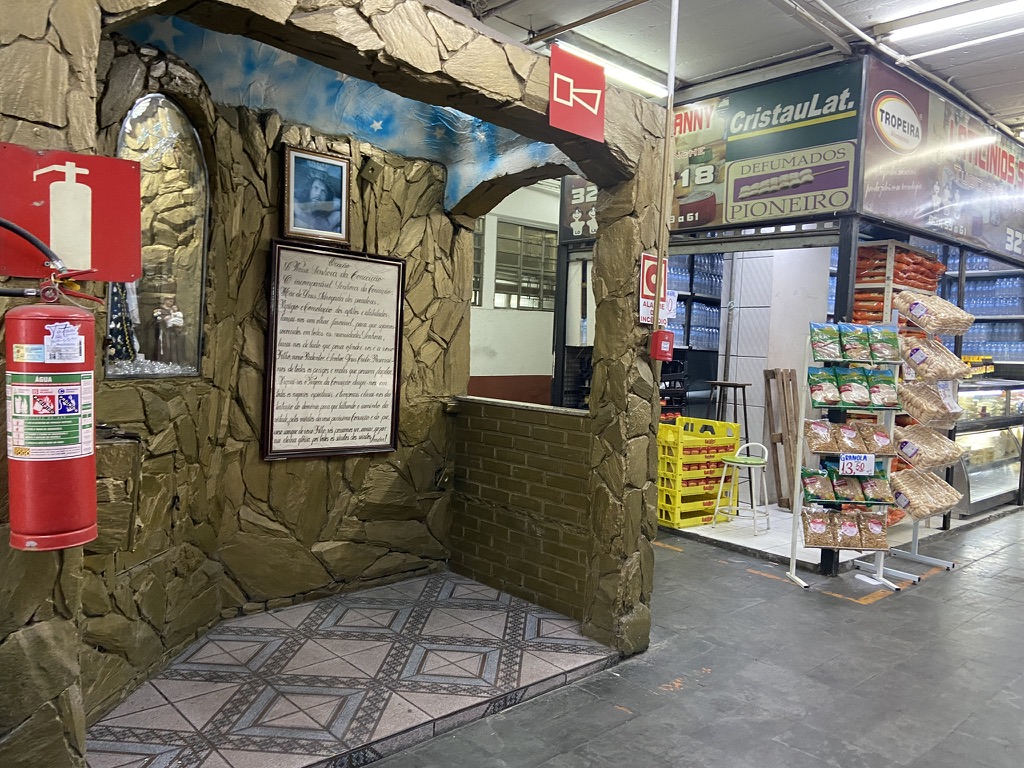
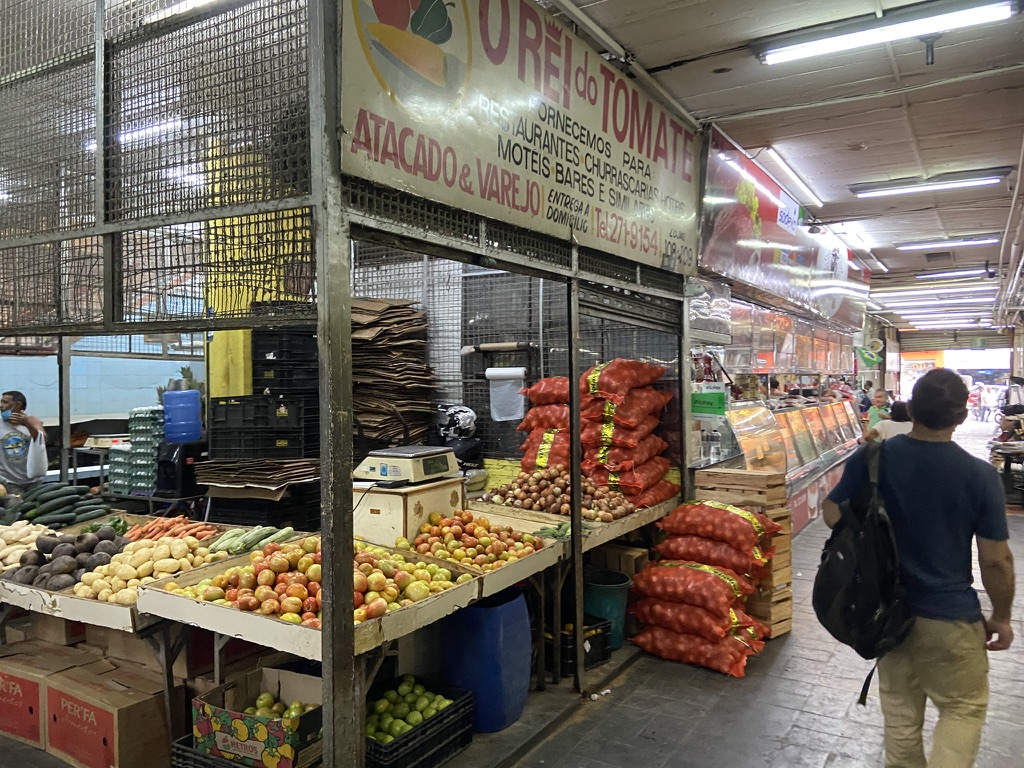 The first floor is the most “popular” which means accessible to the general population. It is comprised of restaurants, bars, produce stands, kitchen equipment shops, a fire-protected religious tribute to Jesus and Mary, plant depots, and bulk restaurant suppliers.
The first floor is the most “popular” which means accessible to the general population. It is comprised of restaurants, bars, produce stands, kitchen equipment shops, a fire-protected religious tribute to Jesus and Mary, plant depots, and bulk restaurant suppliers. Walking upstairs to the second floor:

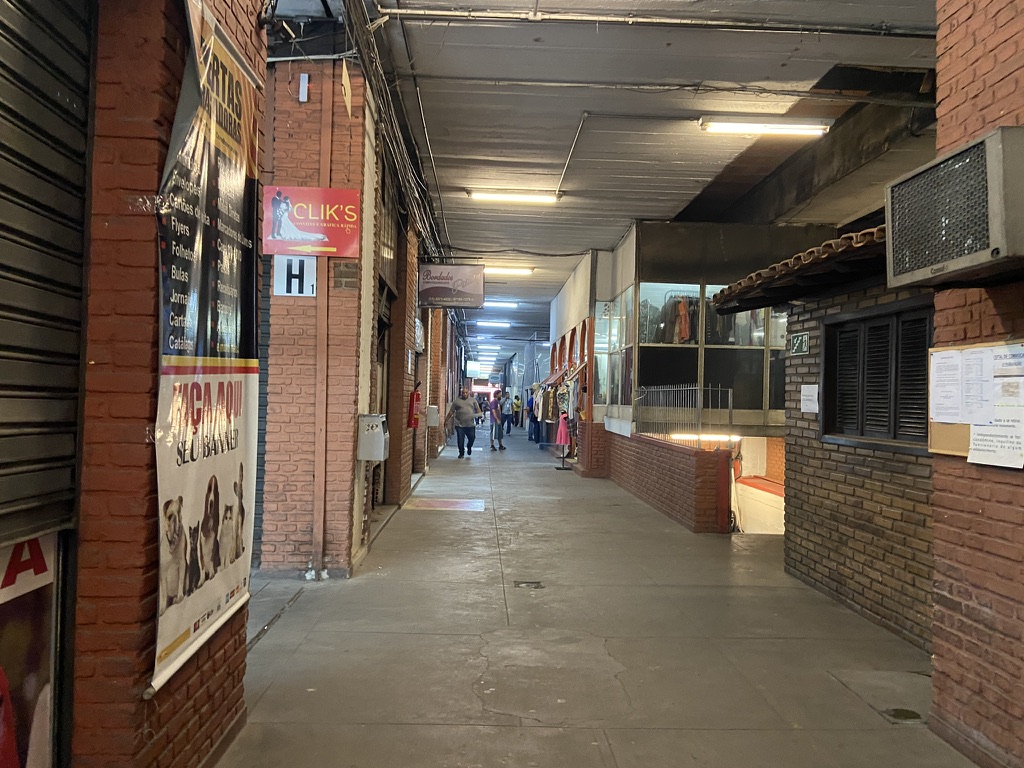
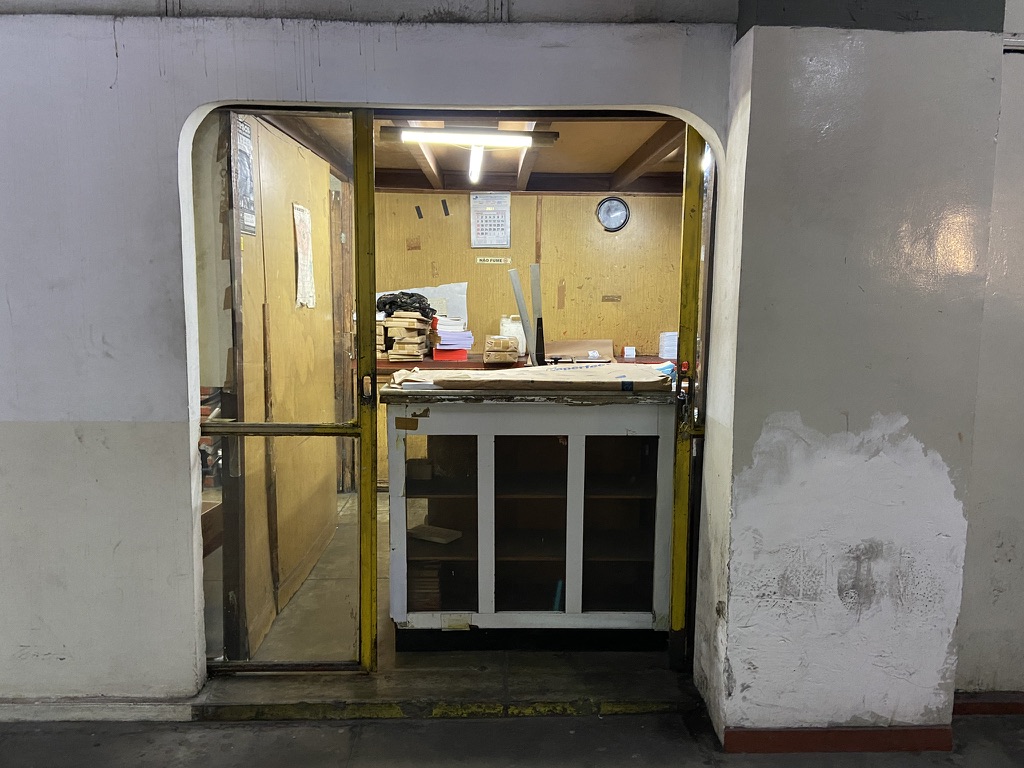


The second floor also “popular” and hosts dozens of small print shops, graphic designers, sticker suppliers, uniform screen printers, and some instrument repair stands. The stands are all so adaptable and it’s obvious that the owners have been able to adjust the physical spaces to their needs. It feels agile.
Walking upstairs to the third floor:
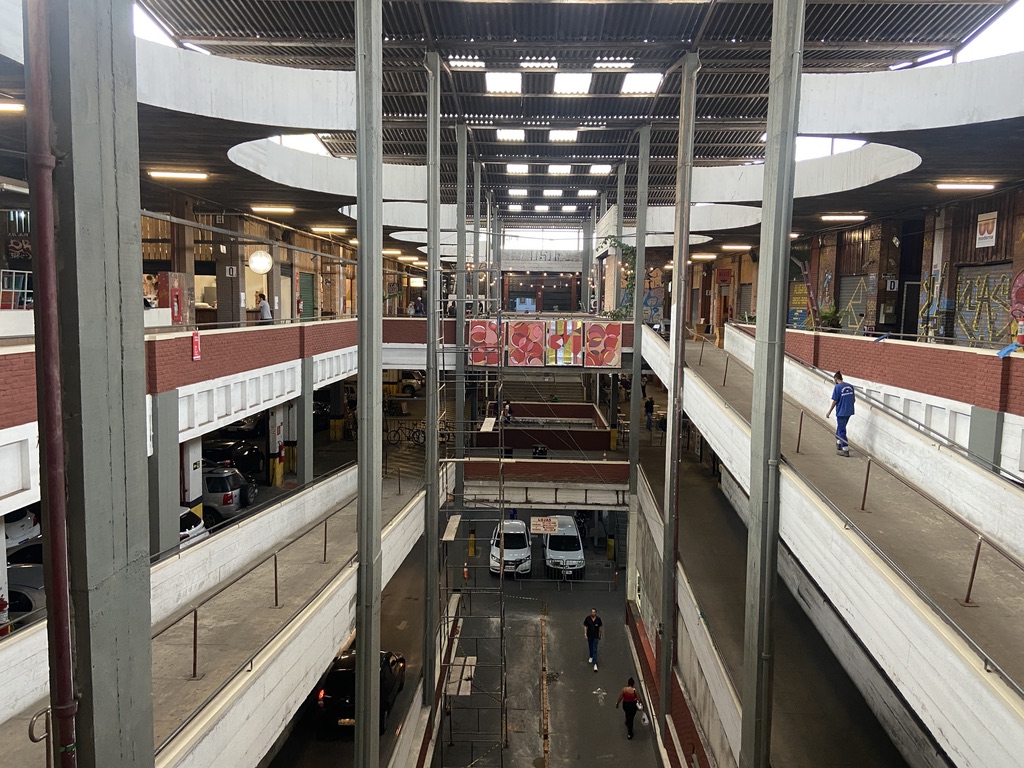
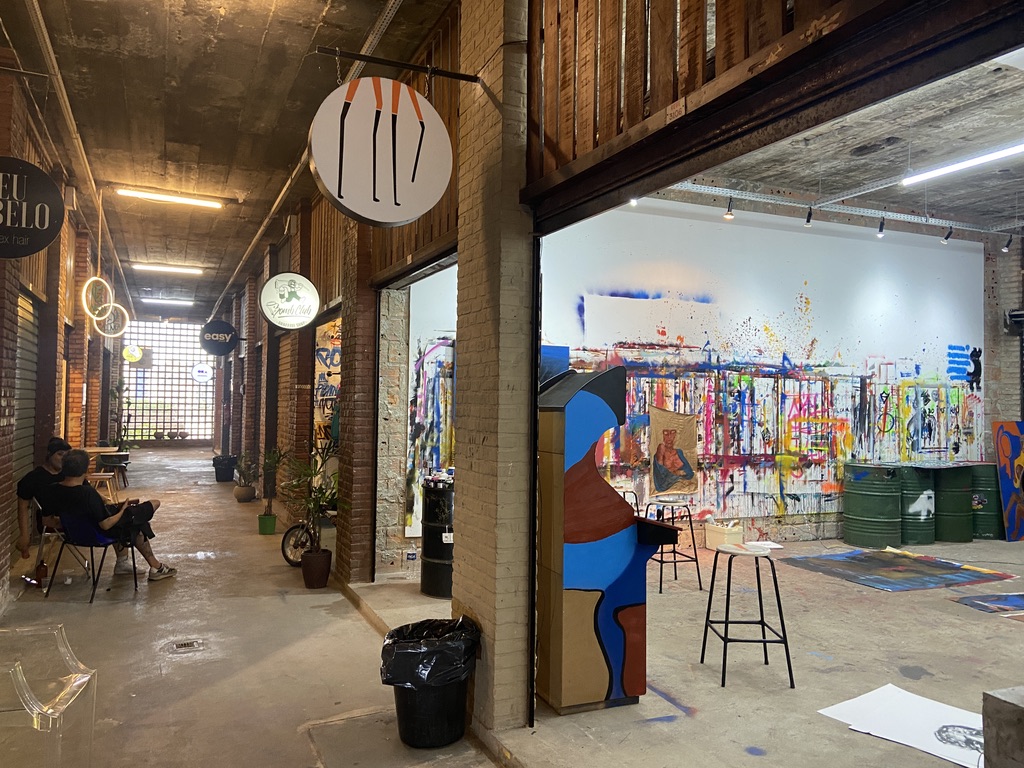

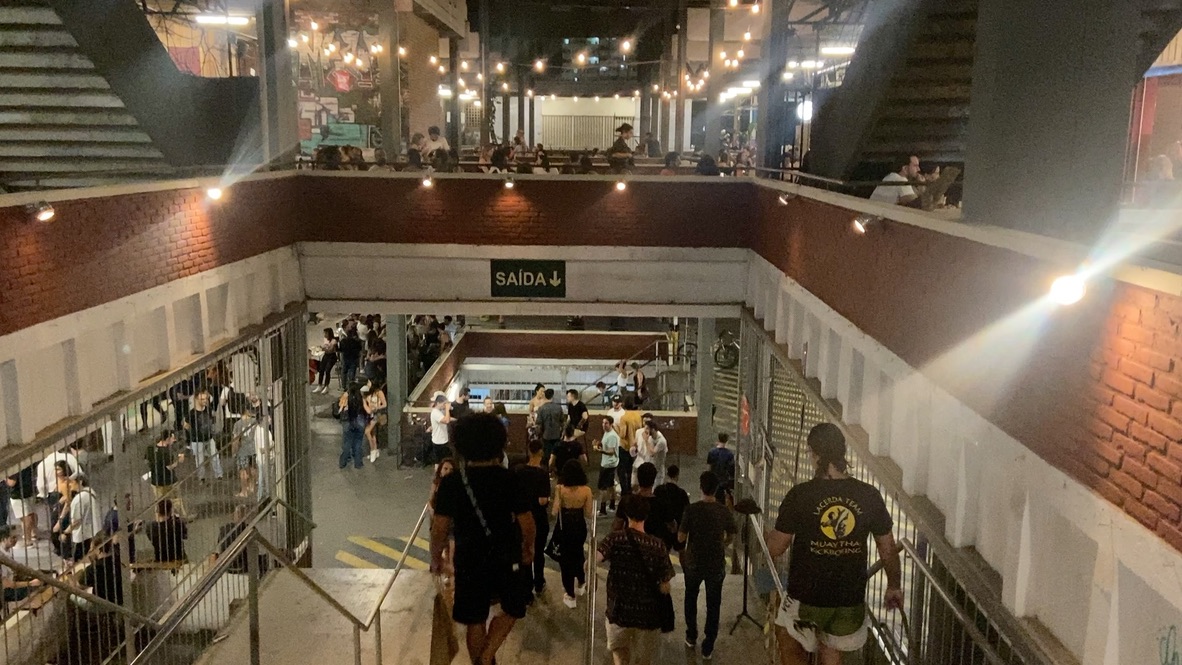
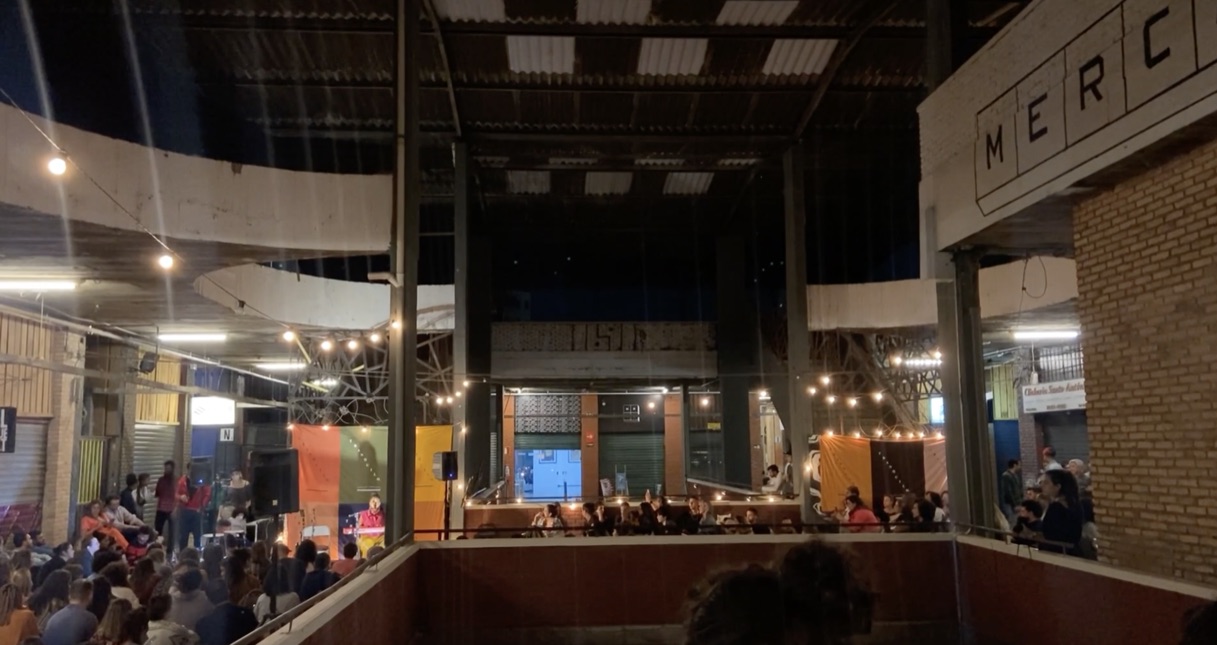
The third and fourth floors host over a hundred bars, shops, galleries, fashion houses, recording studios, thrift stores, and breweries. These floors have peak activity on weekend nights There is also a 43 year old candle store, clothing fabricator, and other shops that have been in the space while it was “abandoned”. The common story that I have heard is that the top floors were abandoned since the 80s and this “rebirth” has been happening since 2010. An underground Belo Horizonte historian told me that the rebirth was started by artists who didn’t have the intention to gentrify the space and who now don’t occupy the space anymore becuase of cost/cultural barriers. Starting in 2010, a group of artists hosted graffiti events that the owner of the space approved of.

Adding additional layers of power analysis, I start to see the complications that exist within a structure that hosts such a diverse range of people, uses, products, schedules, and needs. The top floors have been dubbed “Baixa Lourdes” which is a nod to the adjacent wealthy neighborhood, Lourdes. People have told me that the Mercado Novo bars are “too expensive”, “everyone looks the same” and it has been “taken over” by rich hipsters. When I asked an artist who has a gallery and studio on the3rd floor what he thinks about the Mercado Novo, he put a finger to his nose and pushed it up and then, out loud, said that it’s a good place to sell his work because there is lots of foot traffic and people who want to buy the art. In the same breath, he said that he goes downstairs to eat lunch everyday and likes being downstairs. Others have told me that some people on the first floors have never been to the top floors. A budding fashion designer said that they love the mix of energy in the building and that it is affordable for them to rent a small studio space. In the same conversation, they acknowledged that there is starting to be turnover of longterm businesses on the bottom floors with new companies that want to expand from their top floor posts.
A thought on accessibility/gentrification... I’ve been told that gentrification isn’t as strong as in the US because there simply isn’t enough market power to create the intense transfer of ownership that we see in the USA. People have told me that the owners can’t raise the rents too much or too fast because no one will be able to afford the space and it will be left vacant. Understanding this space has been a strong lesson in seeing gentrification just as much as a class and race shift as a transfer of culture of people that use the space.
Also, [pulling from direct experience lol] here you can buy a $1 can of beer or $5 bottle of wine in a liquor store on the first floor of the market and bring it to the top floor of the market and drink freely. People say that the drinks are expensive which makes the top floors of the market inaccessible. However, the inaccessible spaces I’m used to in Chicago are those where you literally can’t sit/occupy/breath in the space without paying for a $30 cocktail. But, here you can freely drink whatever alcohol you want because there are so many bars that occupy one space that no one cares or checks. That is why it feels like the force of the “gentrification” has a strong cultural element. People don’t feel comfortable drinking amongst people who can afford more expensive craft beer, even though they could “technically” drink and hang out in the space. Furthermore, while on the surface Brazil feels more integrated and diverse than the US, shedding my American perspective and using a Brazilian lens, the Mercado Novo third floor is a very white space. I think.. I’m having to restructure my view of race a lot here because what is considered white here isn’t white in the US. However, what is considered Black is still Black here and they say that the way you know if someone is Black in Brazil is ask a police officer becuase of how deep the anti-black police violence is. People also say that white people can smoke weed freely but Black people would be arrested. All summed up by someone telling me, “Brazil is the most racist country in the world.” As a white person, I’m still learning how to incorporate Black and non-white experiences into the layers of how I understand a space like this.
I’m early in the research, but I am eager to continue building an archive of perspectives on the market. I want to understand how conflict exists here and how it works - or doesn’t- itself out.
 ->
-> 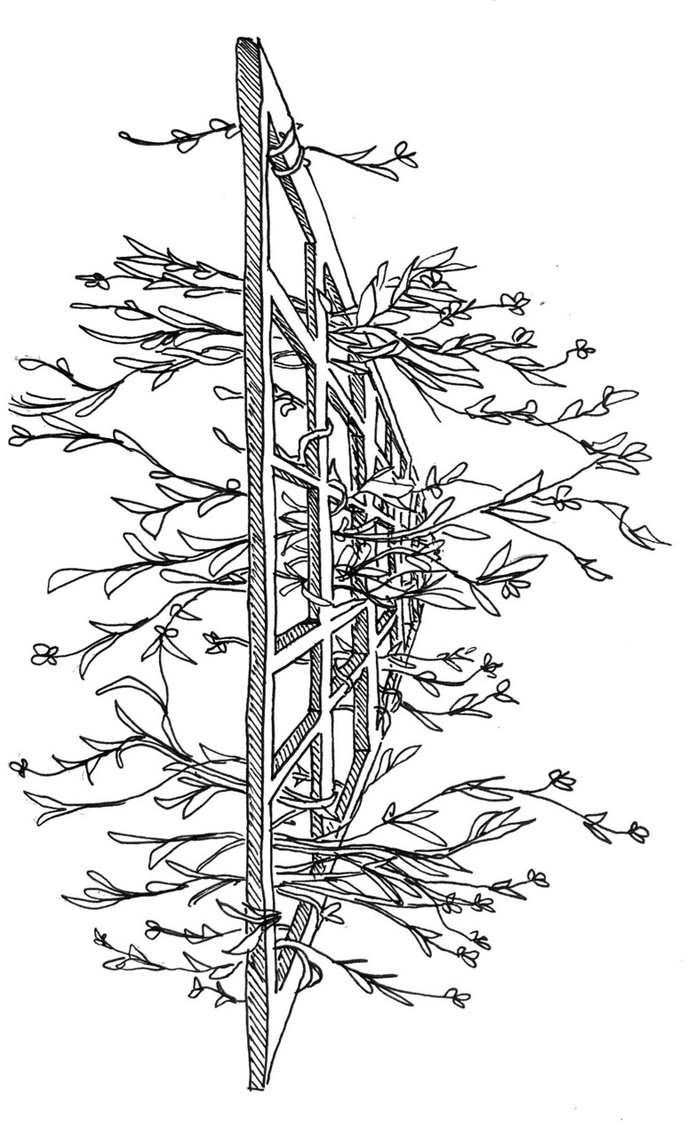
My intention is to pay attention to if/how/where/when/why fluidity exists within this grid.

↩️ Return to Blog